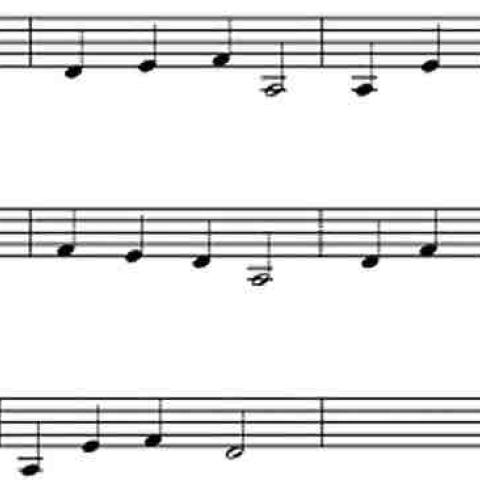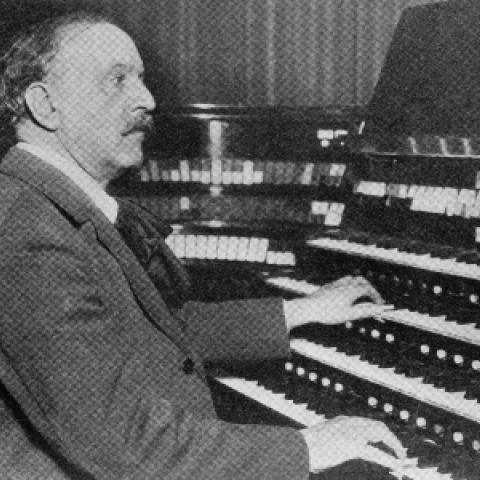
British concert organist Kevin Bowyer gave the world premiere of the expanded version of American composer Timothy Tikker’s Sequentia: Dies Irae; Introduction, Passacaglia and Double Fugue, February 7, in the fifth concert of Bowyer’s Festival of North American Organ Music at the University of Glasgow Memorial Chapel.
Tikker’s Sequentia was commissioned by the Charleston, South Carolina, Chapter of the American Guild of Organists for their regional convention in 2003 and was premiered by the composer at that event. Originally consisting of “Introduction and Passacaglia,” Sequentia was augmented with “Double Fugue” in 2011. The work derives most of its thematic and motivic material from the Gregorian chant sequence from the Requiem Mass, and over the course of the “Passacaglia” and “Double Fugue” combines various of Olivier Messiaen’s modes of limited transposition.
Bowyer’s Festival of North American Organ Music is a series of thirteen concerts from October 2019 through June 2020, presenting an overview of works by Canadian and United States composers. In addition to the Tikker’s work, the fifth concert featured works by Christopher Marshall and Morton Feldman.
Kevin Bowyer is represented by Seven Eight Artists: https://www.seveneightartists.com/bowyer.
For information: www.ttikker.com.





